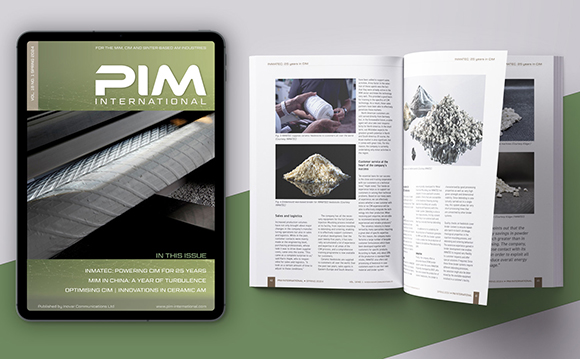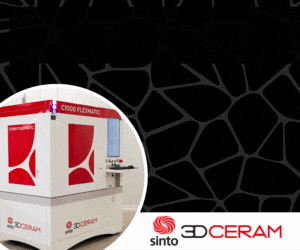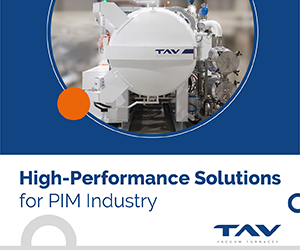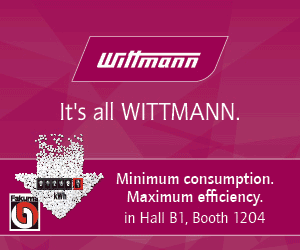Sigmasoft® Virtual Molding reduces costs in PIM
August 18, 2014
Sigma Engineering GmbH, based in Aachen, Germany, has developed innovative technology to virtually reproduce the moulding of green parts for the Powder Injection Moulding (PIM) industry. Sigmasoft Virtual Molding, states the company, is a revolutionary software tool that has been introduced to the PIM market to identify as early as possible quality issues in the green part and thus increase final sintered part quality, minimise scrap production during start-up, improve the stability of production processes and shorten the time-to-market for new parts.
Sigma has worked for over a decade to understand and solve the moulding problems specifically associated with PIM processing and several specific models have been integrated to reproduce the unique rheological and thermal behaviour of PIM feedstocks. With the Sigmasoft Virtual Molding approach, the moulding process of green parts now takes place “virtually” on a computer, to assess the performance of a given mould configuration and to identify possible quality issues during the mould design phase. From the start, states the company, early technology adopters have profited from the benefits of using its software and the global community of successful PIM users has grown significantly in recent years.
Sigmasoft believes that the PIM industry faces several challenges. On the one hand, the complexity of the parts and the production versatility is increasing, whilst on the other hand PIM processors need reliable and timely data in order to design efficient moulds. Quality problems in green parts must be identified early and fixed. At the same time, robust and stable production processes are required. Depending on the available sintering equipment, the processor must be able to easily switch from one feedstock to the other, to shorten start-up times for new products with a minimum of scrap, as well as ensure consistently high green part quality in order to run continuous sintering equipment efficiently. A complete understanding of the moulding process is therefore essential in order to be successful.
Sigmasoft states that its technology provides PIM producers with the information required to make sound decisions about mould configuration, including questions regarding the right positioning of the gating. Mechanical weakness or undesirable aesthetic marks due to the poor positioning of welding lines, particle segregation associated with high shear rates or possible voids are all visualised on screen as they would appear in the moulded part. The relevance of these issues increases proportionally with part complexity, states Sigmasoft, as previous experience may not be enough to ensure a smooth and profitable production.
The company also suggests that producers are able to more securely assess up-front the feasibility of a part, as the process and moulding costs, cycle time and the moulding complexity can be fully understood, thus increasing the ability to make decisions about engaging in new projects.

















